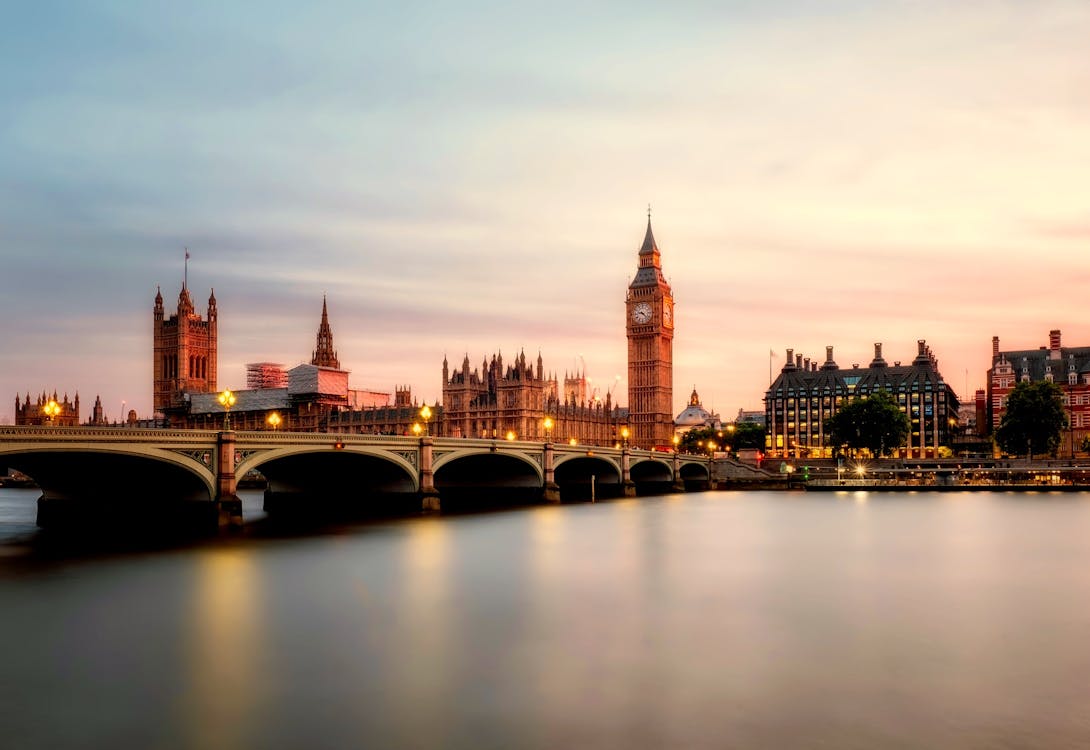With every major city now vying to create a niche within the creative and cultural economy, there has been a much bigger focus on marketing a city as a product of cultural benefit, as something that is purpose-built to fulfil one or even a myriad of roles within one sector. With each city now trying to prove their cultural worth, the rush to make a creative city has led to major problems in the present, the issue is; are policy makers and local governments looking too far into the future, dooming our present day?
An example of this would be Alba in Italy, it is world renowned for its gastronomy, so much so that UNESCO officially recognised it as well as 63 others. It is also an extremely old town, firmly rooted in its history and has incredible architecture throughout, narrow streets and quaint housing.

Whereas typically a town such as Alba would be a moderately popular tourist destination and a popular ‘hideaway’ style holiday. It now has a global marketing scheme, it is the gastronomical home of Italy, with a white truffle festival that already brings in a huge amount of tourists. The question that comes with that is, can the city allow this amount of popularity that comes with globalised marketing and can it sustain the surge of popularity that it brings?
These issues aren’t exclusive to Alba either.
Major cities such as London and Manchester are technologically and culturally flourishing, their power to market themselves as culturally important provide each area with an extra layer of income that usually goes back into further developing the cultural economy of the city.
London is a capital city and has been a highly influential area for decades, the footfall from tourists is only increasing with each year and yet many of the residential areas of inner city London have had their prices skyrocket due to wealthy businesses wanting to take up offices in London. This has caused a flock of people moving out of the city, into the surrounding areas, which can cause a different set of issues entirely.

Manchester is a creative city focusing on its musical history and science. It is consistently evolving and building in order to continue to market itself as a global scientific powerhouse but in doing so has set up state-led hyper-gentrification, a plan in which governmental policies actively encourage gentrification, causing a housing crisis for the people of Manchester. This has seen a severe push back however, not much in terms of change has occurred, the vision of the future is too bright for the dull glow of today it seems.
This is even occurring within Cardiff, an up and coming creative city that has had huge amounts of money injected into it throughout the last couple of years.

Cardiff’s local music scene used to be something to flaunt, it was a marketable trait however in the rapid rebuilding and commercialisation of Cardiff, this music scene has had the legs swept from underneath it with venues such as Buffalo closing out of the blue and the historic Gwdyhw having to fight for survival as well as the entire street of Guildford Crescent (the street in which Gwdyhw is located) which looks to have achieved a victory only because of the huge amounts of support gained via social media activism.
This activism can represent the present day issues having to fight against the conceptual visions governments have in store for their newly marketable cities and the sacrifices they’re willing to make to achieve these lofty goals.
